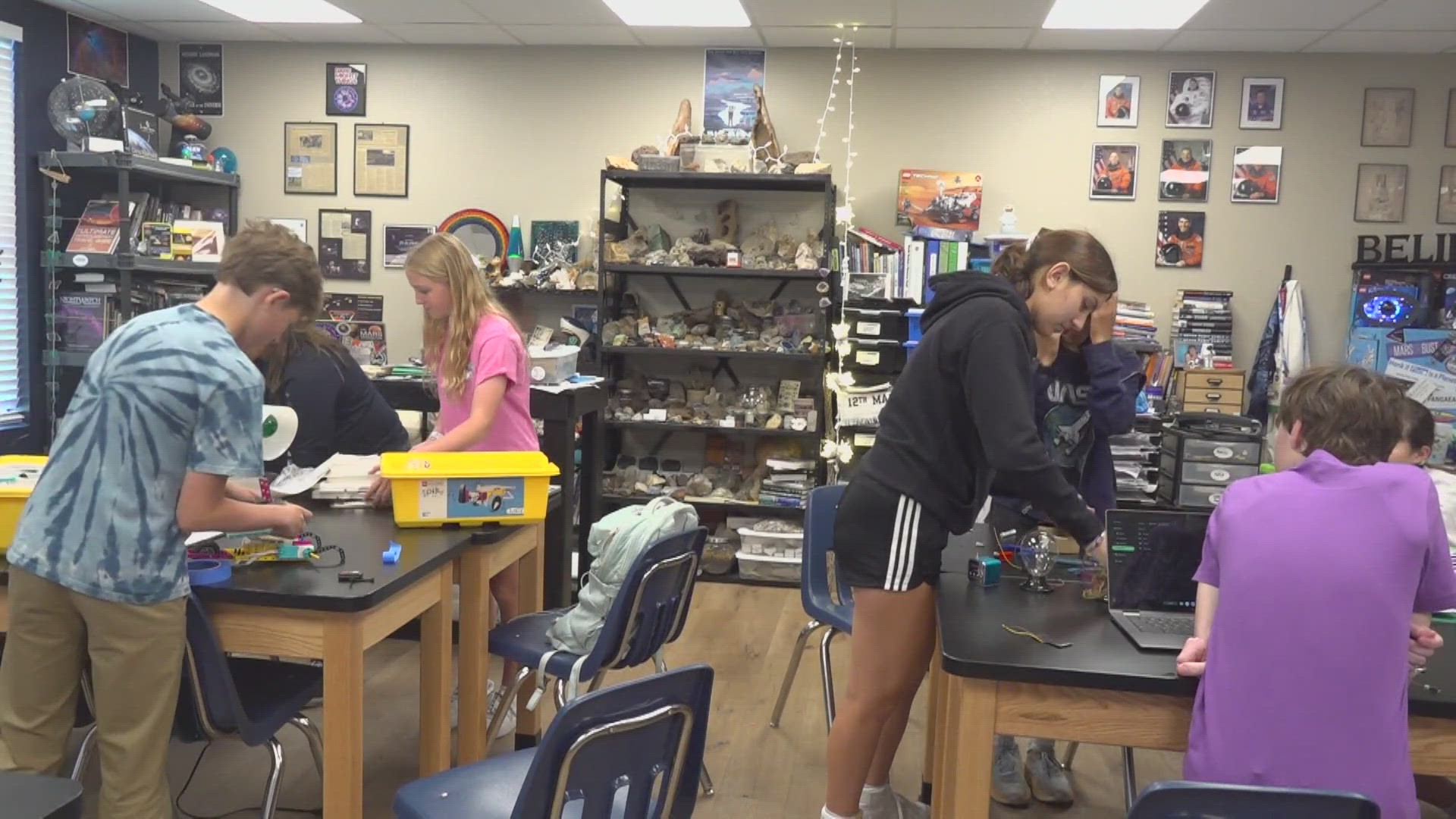TEMPLE, Texas — Our solar system may seem a little more full now, as NASA has announced the discovery of over 1,000 previously uncatalogued asteroids.
NASA said astronomers and "citizen scientists", or volunteers, combed through around 37,000 images taken by the Hubble Space Telescope over a span of 19 years to try and spot space rocks soaring through the solar system.
The asteroids, which NASA says mostly lay within the main belt between Mars and Jupiter, leave telltale streaks, or trails, as they pass through pictures taken by telescopes. This is what the project, known as the Hubble Asteroid Hunter, looked for.
The result? According to NASA, the searchers found 1,701 asteroid trails, with 1,031 of those asteroids being previously uncatalogued. NASA said about 400 of those asteroids were less than a kilometer in size.
According to NASA, 11,482 citizen scientists from around the world contributed to the search, and their data was combined with machine learning algorithm by professional scientists to identify the asteroids.
NASA said the sample offers "new insights into the formation and evolution of the asteroid belt". For example, finding many small asteroids could mean they are pieces of larger asteroids that have collided and broken apart.
Not only have the results shined more light on the evolution of the solar system, NASA said the new approach could be applied to other datasets as well, possibly leading to more discoveries in the future.
"We are getting deeper into seeing the smaller population of main belt asteroids," said lead author Pablo García Martín of the Autonomous University of Madrid, Spain. "We were surprised with seeing such a large number of candidate objects. There was some hint of this population existing, but now we are confirming it with a random asteroid population sample obtained using the whole Hubble archive. This is important for providing insights into the evolutionary models of our solar system."
According to NASA, the project was launched in 2019 by researchers and engineers at the European Science and Technology Centre (ESTEC) and the European Space Astronomy Centre's science data center (ESDC) in collaboration with the platform Zooniverse and Google.
"Asteroid positions change with time, and therefore you cannot find them just by entering coordinates, because at different times, they might not be there," said co-author Bruno Merín of the European Space Astronomy Centre in Madrid, Spain. "As astronomers, we don't have time to go looking through all the asteroid images. So we got the idea to collaborate with over 10,000 citizen-science volunteers to peruse the huge Hubble archives."
The findings of the study were published in the journal Astronomy and Astrophysics.
NASA said the project will next explore the streaks of previously unknown asteroids to "characterize their orbits and study their properties".
More on the project can be found at this link.
Want to get involved in a NASA project? NASA is currently conducting numerous Citizen Science projects that anyone can participate in. Visit NASA's Citizen Science page to learn more about current projects and publications.
More from 6 News:

